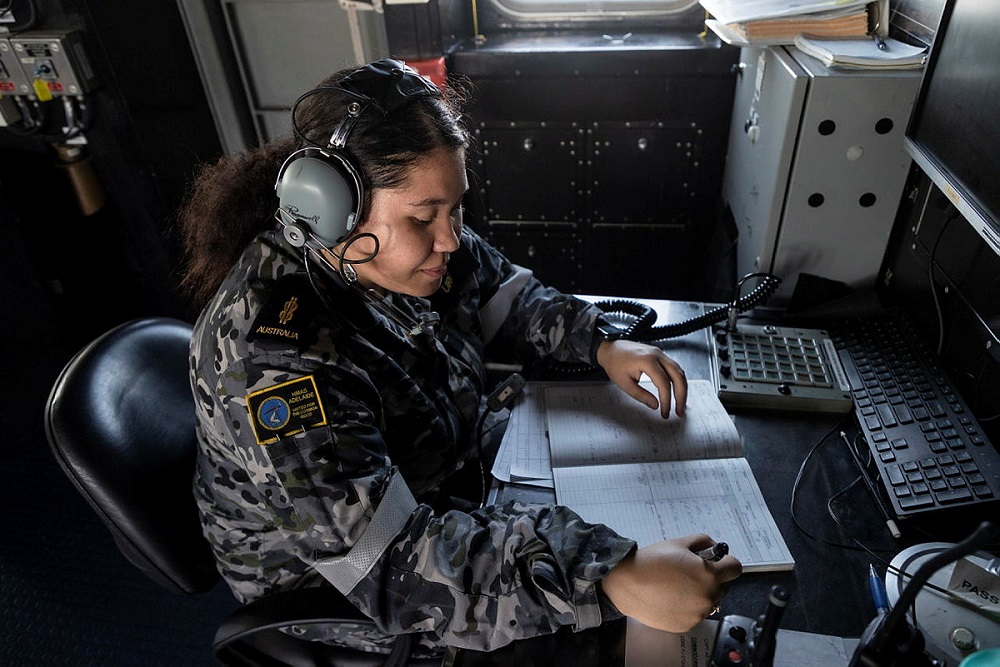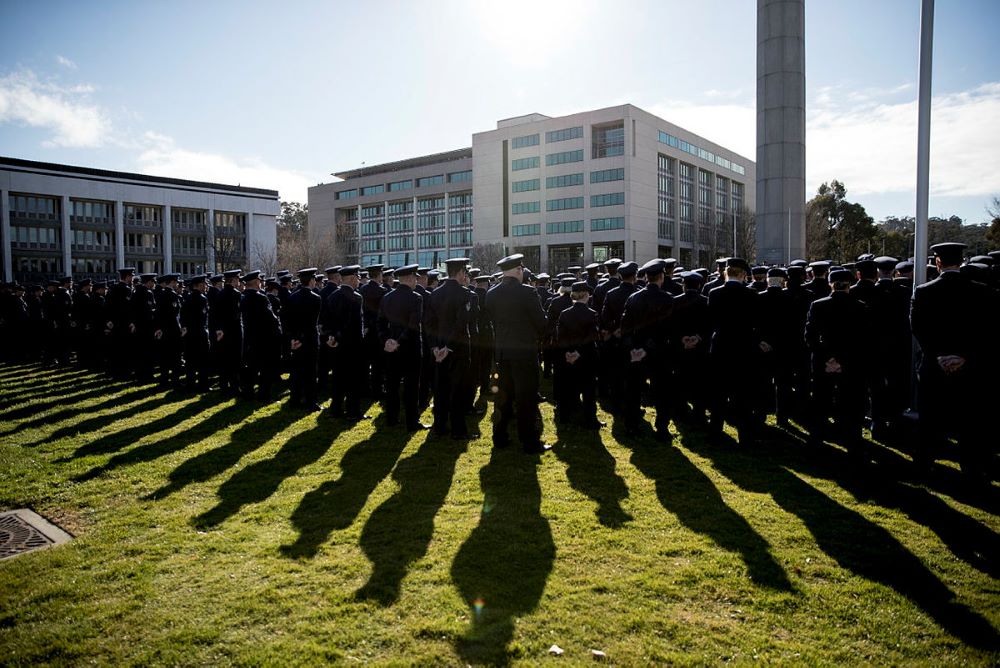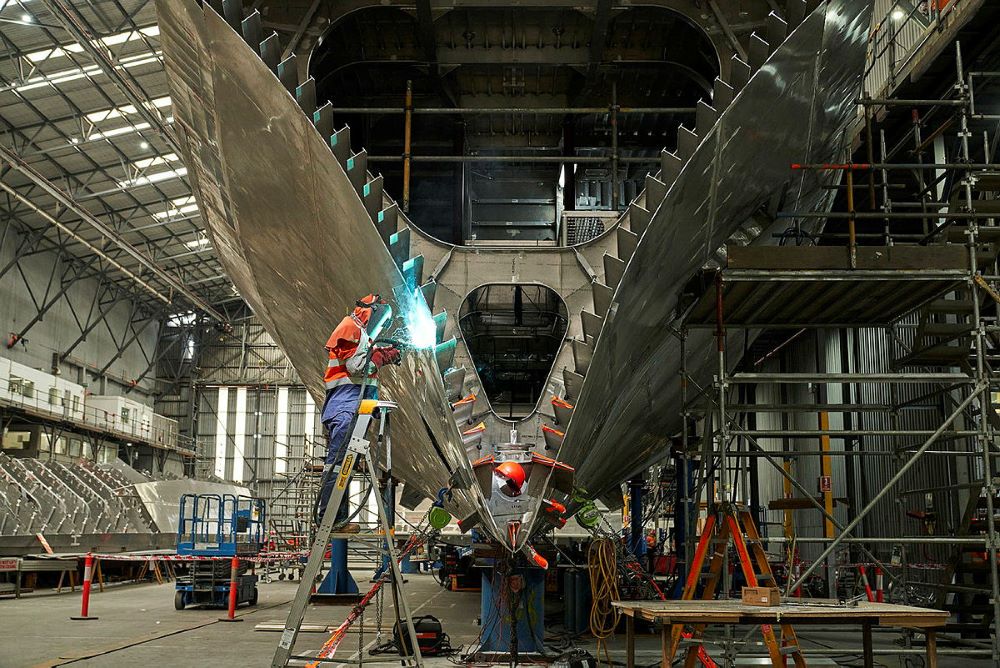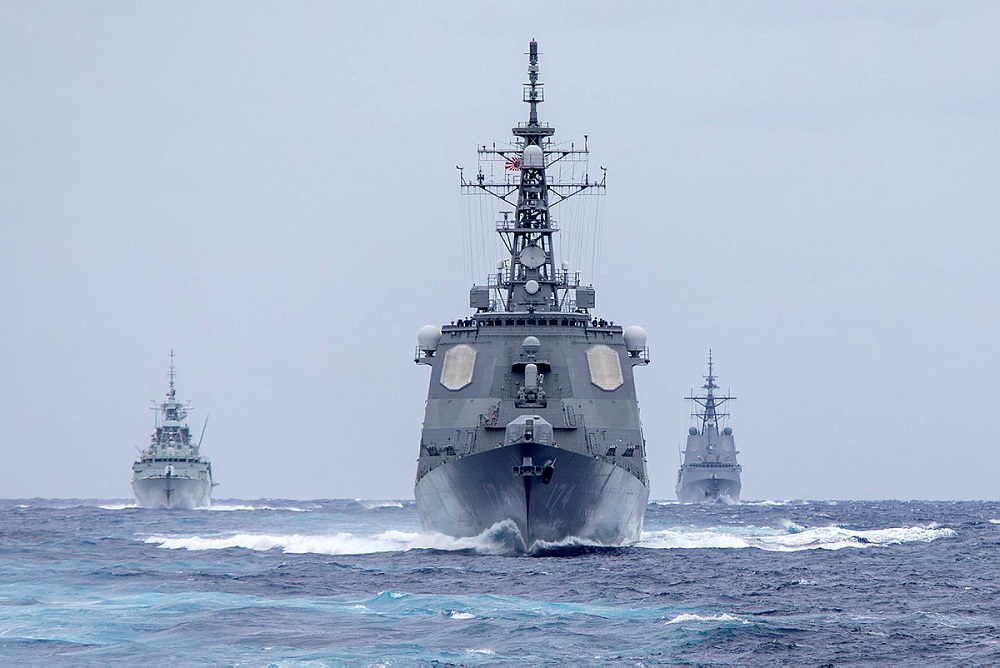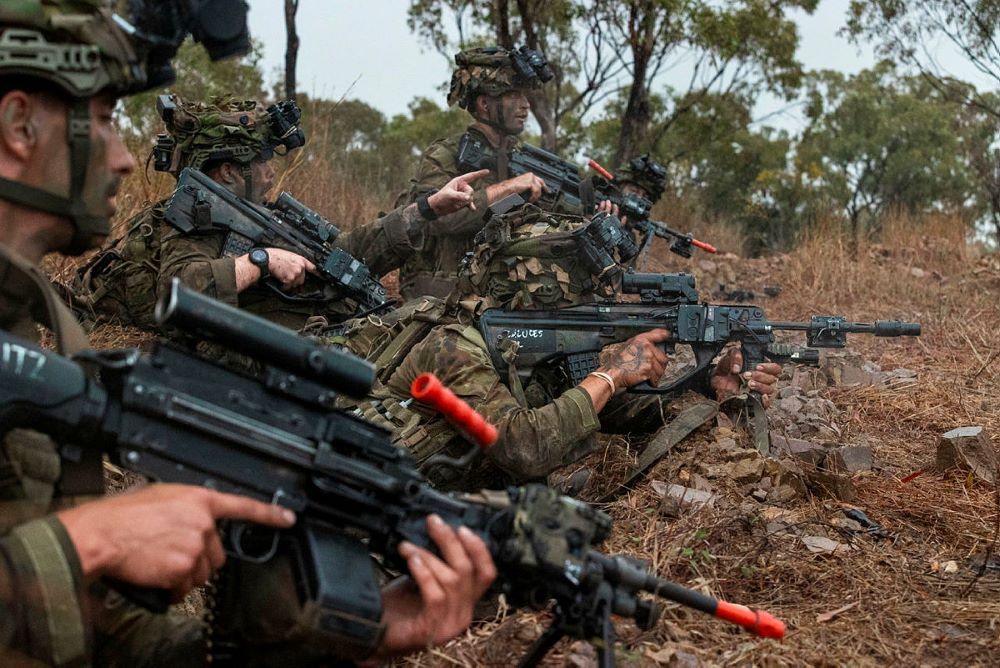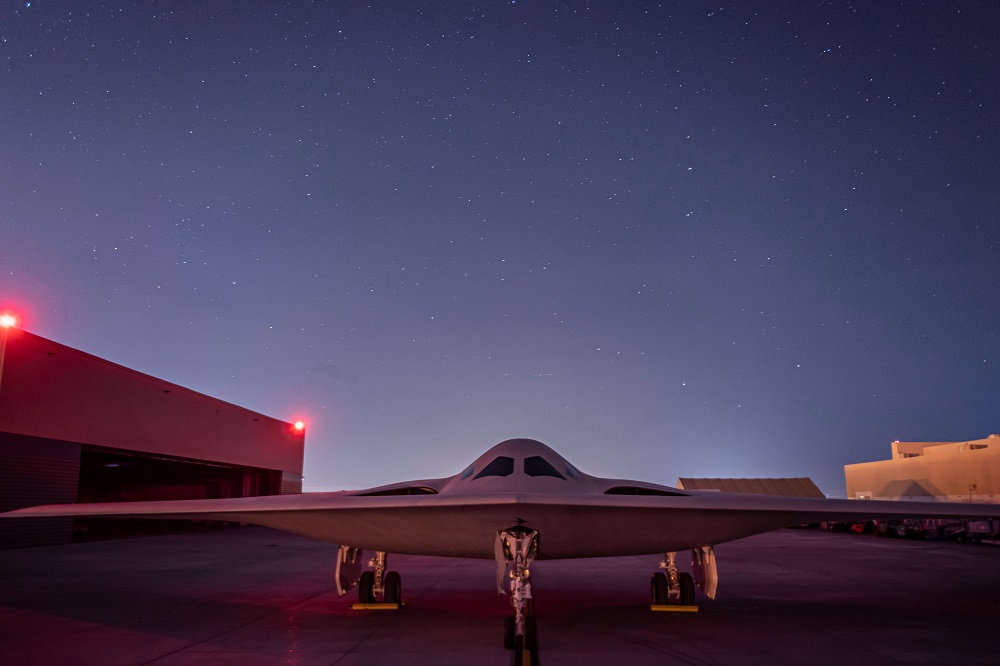Why defence warning time requires urgent attention

In this government’s National Defence Strategy, published in April, Defence Minister Richard Marles reaffirmed that ‘Australia no longer enjoys the benefit of a 10-year window of strategic warning time for conflict.’ This was one of the key judgements of the 2023 Defence Strategic Review and, indeed, of the Morrison Government’s 2020 Defence Strategic Update. So, there is bipartisan agreement on this critical subject. However, as argued below, this new era of shortened warning time requires a radically new approach to Australia’s defence policy.
The National Defence Strategy goes on to describe this ‘fundamentally new approach’ as one that leverages and coordinates all arms of national power to achieve an integrated approach to Australia’s national security. It specifically identifies the need for a robust National Intelligence Community capable of providing strategic decision-making advantage and strategic warning, as well as direct support to ADF operations and domestic security.
So far, so good, but—as far as we are aware—little is being done yet to address the radical new concept of little or almost no warning time, to quickly reorder Australia’s defence posture and preparedness, as well as the urgent need for more strike weapons.
It is important in this regard to have a good understanding of what has changed to Australia’s defence policy, and why. In brief, Australia’s defence policies for most of the past 50 years have been based on the key strategic conclusion that only lesser contingencies were credible in the shorter term, with higher levels of military contingency credible only in the longer term, after an extended period of strategic deterioration. From the mid-1970s to 2020 a strategic warning period of 10 to 15 years was envisaged. (The 2016 Defence White Paper even predicted no major threat before 2040.) Intelligence analysis would provide this warning, leading to a timely response by the machinery of government. This response would include expansion of the Australian Defence Force.
These policies were appropriate for the time but resulted in an ADF which, while capable in many respects, was of modest size, was at low states of readiness and had little capacity for sustained operations beyond the routine: in other words, a peacetime force.
Similar observations may be made about the areas necessary to support military operations, such as intelligence, policy and industry.
As is now widely recognised, the rise of China’s economic and military strength, together with its aggressive foreign policies, has rendered invalid this earlier Australian conceptual framework. The consequences of this are far-reaching and change radically the framework within which Australia’s government needs to manage strategic risk.
The key is that China’s military capabilities now give it the potential to conduct and sustain sophisticated operations against our interests, were it to develop the motive and intent to do so. The timescales within which motive and intent can change are much less than the timescales which previous Defence policies concluded would be needed for an adversary to develop the readily detectable capabilities to be used against us.
This leads to the conclusion that warning times now would be much less than those assumed in earlier decades.
Further, assessment of motive and intent is inherently difficult and subject to ambiguity. There would likely be the absence of an obvious warning threshold. Yet the consequences of getting it wrong would be severe, much more so than in the past.
With this in mind, we have proposed that the Office of National Intelligence set up a National Intelligence Warning Staff. This is set out in our paper Deterrence through denial: A strategy for an era of reduced warning time (ASPI Strategy, May 2021).
Our recommendations included the following:
In view of the radical contraction in defence warning time, Australia needs to appoint a National Intelligence Officer (NIO) for Warning. In the Cold War, which was a highly demanding era in which warning of a surprise attack was a critical priority, the CIA had an NIO for Warning whose sole task was to scrutinise daily the incoming evidence from intelligence indicators and subject them to critical assessment.
In Australia, such an NIO, together with the position’s National Intelligence Warning Staff, could be in the Office of National Intelligence. It would be important, however, that the Intelligence Warning Staff include officials from various disciplines—and not least intelligence officers skilled in the interpretation of political, strategic, and military warning indicators, some of whom should also have a policy background.
We would now add that this new intelligence body would also require new skills, such as threats with no warning from cyber and artificial intelligence and from unmanned air, sea and submarine platforms and drones. There will be an obvious need for more political warning advice from the Department of Foreign Affairs and Trade, which, given cuts to their already modest budget, suggests additional expertise and funding for this purpose.
We said also that an alternative would be to locate the NIO in the Defence Organisation and that, wherever its location, ‘the NIO needs to have influential access at the highest levels of decision-making—including briefing the National Security Committee of Cabinet in times of impending crisis.’
We made the further suggestion that the program of national assessments increase its focus on the United States. This reflected a concern that US security policies could become more volatile than over recent decades. Among other things, Australia needs a well-informed analysis of where it thinks the US is going in its confrontation with China and in support of allies, including the role of extended nuclear deterrence. The latter has received no new focus in Australian defence policy since the end of the Cold War more than 30 years ago.
Australia needs prudent analysis about how the US will react to its own warning indicators of potential military attack and what it would expect of Australia. Australia cannot afford not to be fully informed about US contingencies relating to Taiwan, the Korean Peninsula or China’s or Russia’s clash with Japan over disputed territories. So, we need to assess both US military capabilities and US intentions.
There is also the question of the capacity of our National Intelligence Community to respond in a timely way to the outbreak of hostilities and to sustain the necessary level of support to decision-making and military operations. As mentioned earlier, the policies of earlier decades have resulted in an ADF and supporting capabilities that currently do not have the levels of readiness and sustainability that are needed in Australia’s new and more demanding strategic circumstances.
Governments are unlikely to accept that standing forces and their associated support need to be kept at a level sufficient to handle today’s more-demanding contingencies without at least a degree of preparation. This is because some element of warning would be expected, even today, and because the additional costs would be significant and best avoided.
We note here the conclusions of Richard K Betts in his seminal book Surprise Attack: Lessons for Defense Planning (Brookings Institution, 1982). Betts argues that governments should expect to be surprised. He believes that governments’ ability to interpret other people’s politics is always limited. But he also acknowledges that inadequacies in warning are rarely due to the absence of anyone in the system ringing an alarm. He suggests that the principal cause of surprise isn’t the failure of intelligence but the unwillingness of political leaders to believe intelligence or to react to it with sufficient dispatch.
In our view, to analyse the implications of greatly reduced warning time, defence planners now need to address three interrelated questions: Readiness for when? Readiness for what? Readiness of what? As all those who have ever been involved in defence planning know, a major interaction between answers to these questions comes from their implications for resources and allocation of money. Competition between decisions on resource allocation is now even more inevitable for Australia’s defence planners, and the resolution of that competition must be integral to defence planning and—dare one suggest it—prompt decision-making.
The new demands we now envisage might best be described as a need for a surge capacity: the ability, quickly and confidently, to move to higher states of readiness and to sustain higher rates of effort for as long as contingent developments might require. This kind of attribute has been little needed in previous decades and represents a new departure for Australian security policy.
The on-going challenges of setting priorities for intelligence collection and analysis suggest there is unlikely to be much current spare capacity within our National Intelligence Community. While some extra capacity could be made available by the reordering of priorities, this is likely to be limited in extent. This implies the need for a clear pathway for the NIC to move to a higher level of capacity, although what this path might be is not clear, not least because of the requirement for personnel to have high levels of security clearance and the need for secure facilities.
Following the publication of our ASPI paper in 2021, we gave a presentation on its key findings to a senior Defence group led by the chief of the defence force, and we also had a separate discussion with a senior group in ONI.
In summary, we encourage the current Independent Intelligence Review to examine whether the National Intelligence Community is correctly structured and prepared to meet the urgent requirements of Australia’s new defence policy. In particular, the dramatically changed nature of Australia’s strategic circumstances—recognition of which is a basic bipartisan policy—means that policymakers need to be sure that the NIC can meet the challenges of short-warning contingencies involving the support of round-the-clock military operations sustained over months rather than days. Ministers must be left in no doubt about the NIC’s ability to move quickly to higher states of alert and then to sustain operations on a 24/7 basis.
For the first time since the Second World War, the NIC needs to be able to respond rapidly to the demands of such military operations, in circumstances of serious military threat to our key national security interests and survival.


